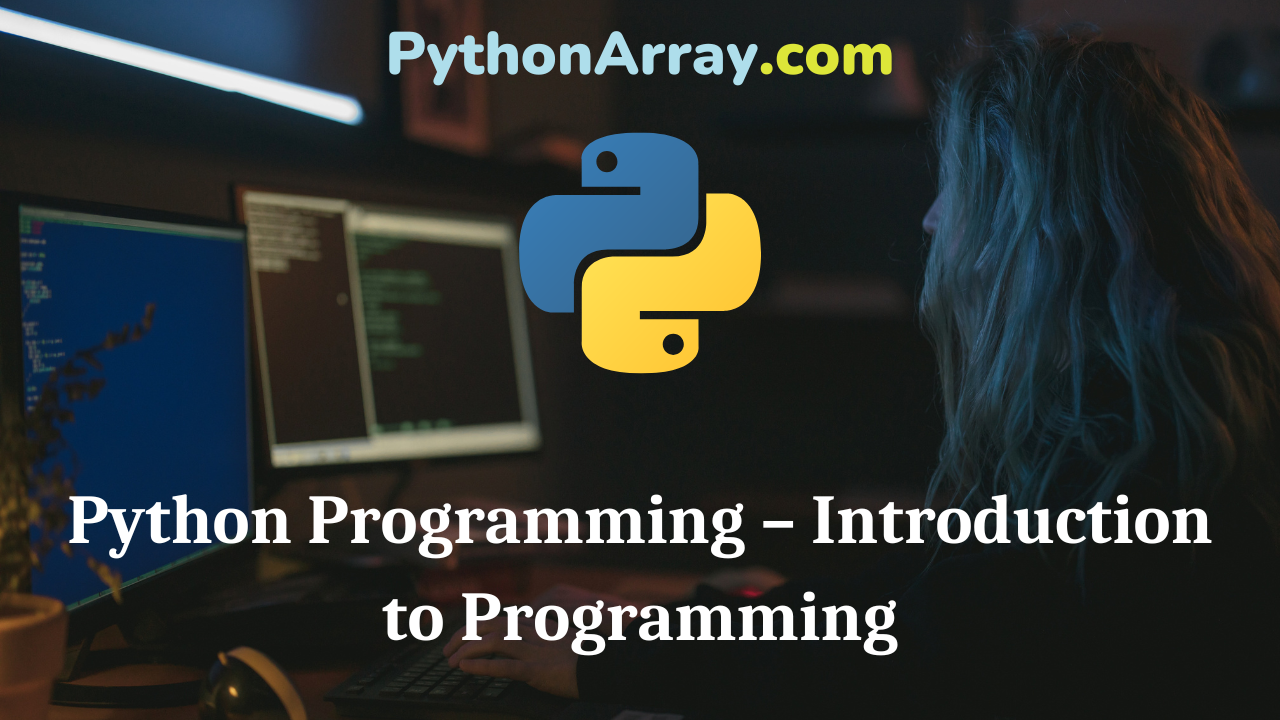You can learn about Introduction to Programming Using Python Programs with Outputs helped you to understand the language better.
Python Programming – Introduction to Programming
Linker
Usually, a longer program is divided into a number of smaller sub-programs called modules. It is easier to develop, test and debug smaller programs. A linker is a program that links (combines) smaller programs to form a single program. While developing a program, subroutines are frequently used. The subroutines are stored in a library file. The linker also links subroutines with the main program. It links machine codes of the programs. Therefore, it accepts user’s programs after an editor has edited the program and the compiler have produced machine codes of the program. The process is called linking.
Loader
The loader is a program that loads machine codes of a program into the system memory. It accepts programs either in absolute or relocatable format. If a program is in absolute format (i.e., the actual addresses of the instructions and data are supplied by the programmer), the loader simply loads the program into the system memory. If a program is in relocatable format, the locater assigns specific addresses to each instruction and data before the loader loads the program into memory. The process performed by the loader is known as loading.
A locater is a program that assigns a specific memory address to each machine code of a program that is to be loaded into system memory.
- Introduction to Python Programming – Interpreter
- Introduction to Python Programming – Compiler
- Introduction to Python Programming – Programming Languages
Difference between Compiler and Interpreter
1) A program that translates a high-level language program into a machine language program is called a compiler. The compiler goes through the entire program and then translates the entire program into machine codes. It generates inter-mediate object code for the whole program. An interpreter is a program that translates one statement of a high-level language program into machine code and executes it at a time. It does not generate any intermediate object code.
2) Compiler shows a list of errors along with line numbers at the end of program execution whereas interpreter shows errors line-by-line.
3) The interpreter is a small program as compared to the compiler.
4) The compiler is faster than the interpreter.
5) Compiler needs more memory during compilation whereas interpreter requires less memory during interpretation as it interprets a single unit of code at a time.
6) The object code program produced by the compiler is permanently saved for future reference, whereas the object code of the statement produced by the interpreter is not saved. Thus, the presence of a source program is always required for the interpreter. If the instruction is used next time, it must be interpreted once again and then translated into machine code.
